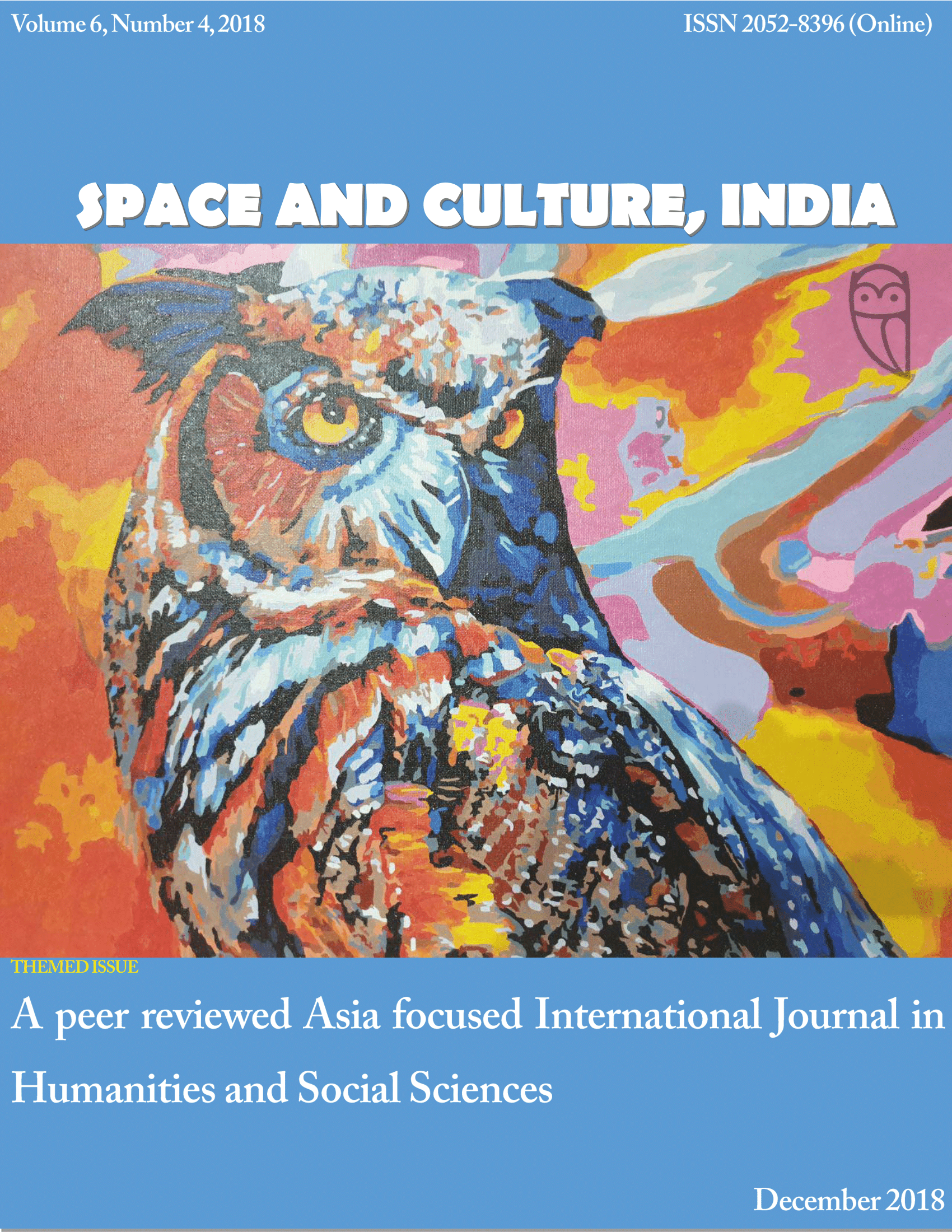Historical Aspects of Project Technologies Development and Opportunities for their Use in Scenic Arts

Abstract
The author considers historical trends in the development of project technologies in the arts. Various project and artistic solutions are analysed with the focus on various historical periods and styles, from the Ancient East to the Modern Age. An emphasis is placed on the era itself, which required a new approach to the organisation of theatrical enterprises and the performance production principles. The article also reveals the specifics of projects as a type of the human creative activity and defines the role of the project method as a system of unique and clearly defined actions aimed at obtaining specific results in a multifunctional environment within a specified period and within the allocated resources. The author shows that they are characterised by a deep mutual integration of the artistic and creative principle and the development of information technologies. The article contains various examples of the implementation of projects from the beginning of civilisation up to the twentieth century when art management appears as a form of arrangement of the theatrical business, and a combined company becomes possible. The author emphasises the role of the Russian Seasons by S. P. Diaghilev in creating conditions for the development of unique professional and artistic experience in Russia and other countries. Development of special knowledge and dialectics of research of project strategies in the twentieth century imply increasing importance of knowledge derived from the historical past, which can improve the competitiveness of performances, as well as of other creative works in the contemporary art market.
Keywords
Project Technologies, Project Activities, Historical Development, Opportunities, Project Reconstruction.
References
Akopyan, K.Z. (2005). XX Century in the Art Context. Ðœoscow: Academic Project.
Arnoldov, A.A. (2002). Culture Politics: Realia and Trends. Moscow: MGUKI.
Atanelishvili, T., Silagadze, A. (2018). Formation of economic views in the ancient era. Bulletin of the Georgian National Academy of Sciences, 2(1), pp. 191-196.
Bazanov, V.V. (1990). Stage of XX Century. Leningrad: Iskusstvo.
Beaumont, C.W. (1940). The Diaghilev Ballet in London. London: Putnam.
Buckle, R. (1984). Diaghilev. London: Hamilton.
Castells, M. (2006). New Individual Mass Media, Free Thought, 5(1567), pp. 62-67.
Dragichevich-Sheshych, M. and Stojkovic, B. (2000). Culture: Management, Animation, Marketing. Novosibirsk: TIGRA.
Gray, K. (2003). Project Management. Moscow: Delo & Service.
Goryunova, I.E. (2007). Directing Mass Theatrical and Musical Performances. Saint Petersburg: St. Petersburg State Conservatory named after H. A. Rimsky-Korsakov.
Grigoriev, S.L. (1993). Diaghilev Ballet. Ðœoscow: ART.
Gromov, N.N. (2006). Horizons of Scenography. Artistic Convention in the Art of the Performance. Saint Petersburg: Aksioner & K.
Haskell, A.L. (1968). Ballet Russe: The Age of Diaghilev. London: Weidenfeld & Nicolson.
Ignatyeva, E.L. (2004). Economics of Culture. Moscow: GITIS Publishing House.
Kochno, B. (1970). Diaghilev, and the Ballets Russes. New York: Harper & Row.
Kotler, F. and Sheff, J. (2004). All Tickets are Sold. Strategies for Marketing Performing Arts. Moscow: Classics-XXI.
Lifar, S.M. (1940). Serge Diaghilev. His life. His Work, His Legend. An Intimate Biography. London: Putnam.
Lifar, S.M. (1994a) Diaghilev and with Diaghilev. Moscow: Artist. Producer. Theater.
Lifar, S.M. (1994b). Tired Years with Diaghilev. Memories. Moscow: Ltd.
Matthes, O. (2006). Das Pergamonmuseum. Berlin: Berlin Edition.
Silina, M. (2013). Pergamon Museum. Great Museums of the World. Ðœoscow: Komsomolskaya Pravda.
Shtol, G. (1971). The Gods and the Giants. Ðœoscow: Nauka.
Wedel, C. (Ed.). (2003). Das Pergamonmuseum. Berlin: Nicolai.
Yakhno, V.N. (Ed.), (1995). Antique Culture. Literature, Theater, Arts, Philosophy, Science: Glossary. Moscow: Vysshaya Shkola.
Zilberstein, I.S. and Samkov, V.Ð. (Eds.), (1982). Diaghilev S. and Russian Art. Articles, Open Letters, Interviews. Correspondence. Diaghilev's Contemporaries. Moscow: Izobrazitelnoye Iskusstvo.
Zuev, S.E. (2009). Socio-Cultural Design. Moscow: TC Alternative.